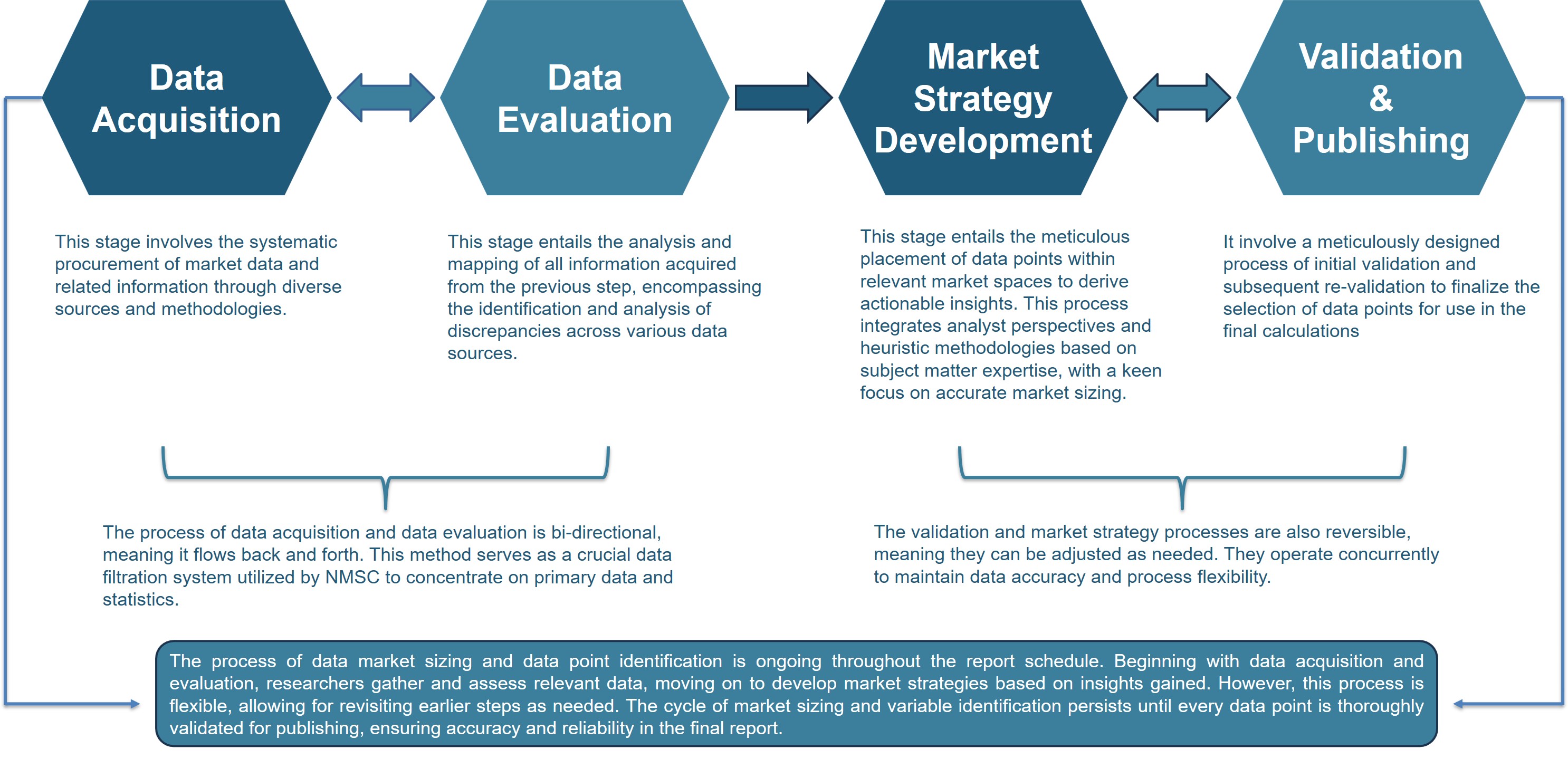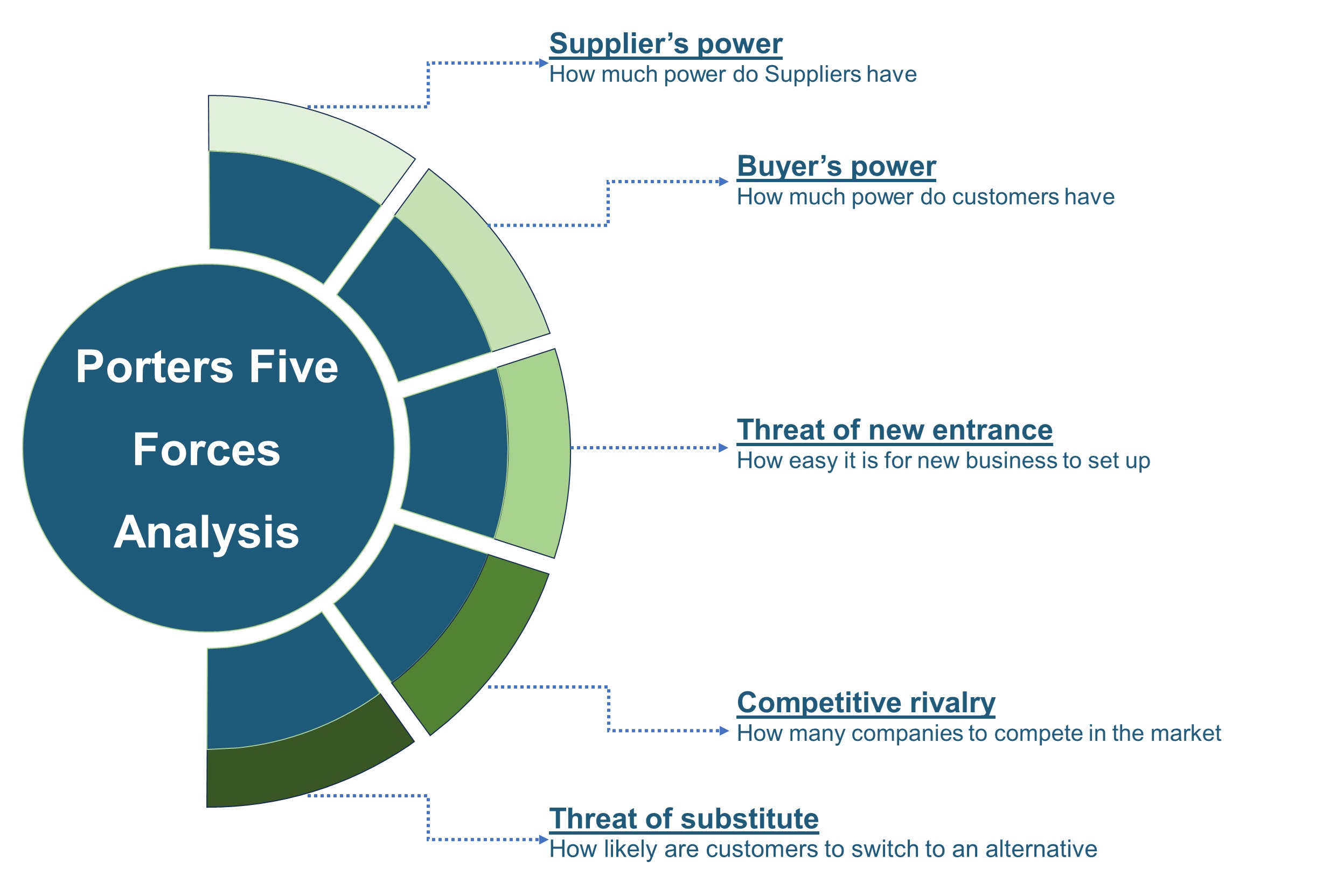
E-Commerce Furniture Market by Product Type (Residential Furniture, Office Furniture, and Institutional & Commercial Furniture), by Material (Wood, Metal, Plastic and Polymer, Glass, Upholstered, and Bamboo and Rattan), by Price Segment (Mass Market or Budget, Mid-Range, Premium, and Luxury and Designer), and by Type (RTA, and Non-RTA) – Global Opportunity Analysis and Industry Forecast, 2024–2030
Industry: Retail and Consumer | Publish Date: 08-Jul-2025 | No of Pages: 467 | No. of Tables: 328 | No. of Figures: 253 | Format: PDF | Report Code : RC455
Market Overview:
The global E-commerce Furniture Market size was valued at USD 30.23 billion in 2023 and is expected to reach USD 40.87 billion by 2030, with a CAGR of 4.4% from 2024 to 2030. E-commerce furniture refers to the segment of electronic commerce dedicated to the online buying and selling of various types of furniture through digital platforms, websites, and virtual marketplaces.
This specialized form of e-commerce enables consumers to browse, select, purchase, and often customize furniture items using electronic means. The entire transaction process, from product exploration to payment and delivery, occurs through digital channels, allowing consumers to shop for furniture conveniently from their computers, tablets, or smartphones.
Rising Digital Lifestyle and Online Purchasing Behavior Driving Market Growth
The shift in consumer lifestyle toward digital convenience is one of the primary forces fueling the growth of the e-commerce furniture market. With increasing preference for online shopping, consumers are now more inclined to explore, compare, and purchase furniture online—right from sofas and beds to office chairs and storage units. This convenience, coupled with detailed product visuals, augmented reality (AR) previews, and flexible payment options, enhances user experience and boosts online furniture sales.
Growth in Smart Home Adoption Influencing Product Innovation
As smart home ecosystems become more mainstream, furniture designs are evolving to accommodate tech-savvy consumers. E-commerce platforms are leveraging this trend by offering furniture integrated with charging ports, adjustable ergonomic features, and space-saving solutions, all of which appeal to digitally connected lifestyles. The availability of such innovative, functional furniture online strengthens consumer confidence in digital platforms as a go-to channel for contemporary home solutions.
High Returns And Reverse Logistics Costs Challenge Profitability
Despite its rising popularity, the e-commerce furniture market faces operational limitations due to complex reverse logistics and high return rates. Furniture being bulky, prone to damage during transit, and often subjective in fit and aesthetics, results in considerable returns and exchange requests. Managing these returns—particularly with free return policies—poses a financial and logistical burden, impacting both customer satisfaction and seller profitability.
Personalized Shopping Experience and AI-powered Interfaces Transforming Online Furniture Sales
The emergence of AI-driven personalization and data-driven platforms presents a game-changing opportunity for the e-commerce furniture landscape. By analyzing consumer preferences, browsing patterns, and purchase history, platforms can now offer hyper-customized product recommendations, virtual room layouts, and real-time design simulations. This intelligent approach not only enhances user engagement but also boosts conversion rates and brand loyalty by catering to individual tastes and functional requirements.
North America Holds the Dominant Market Share in the Global Market
The seamless integration of smart home technologies is a driving force behind the e-commerce furniture market's expansion. North American consumers exhibit a clear preference for furniture products that effortlessly integrate with their smart home systems. This trend reflects an increasing demand for technologically advanced and interconnected living spaces, contributing to the region's dominant position in the global e-commerce furniture market.
Additionally, the sustained economic prosperity in North America, particularly observed in the United States and Canada, stands out as a significant factor propelling the growth of the e-commerce furniture market. This economic affluence plays a pivotal role in fostering higher consumer spending on furniture as individuals allocate resources towards home improvements and décor.
According to the U.S. Bureau of Labor Statistics (BLS), there has been a noteworthy uptick in average annual expenditures for all consumer units in 2022, reaching USD 72,967, reflecting a substantial 9% increase from the previous year. Within this economic landscape, the housing sector emerges as a dominant player, claiming the largest share at 33.3 percent. This robust economic condition not only underscores the financial well-being of North American consumers but also serves as a significant impetus for increased investment in e-commerce furniture, thereby propelling the growth trajectory of the global e-commerce furniture market in the region.
Asia-Pacific is Expected to Show Steady Growth in the Global E-commerce Furniture Market
The growth of the e-commerce furniture market in Asia Pacific is further propelled by the rising effect of population growth and escalating housing needs. The surge in population, particularly in densely populated countries like China and India, triggers a heightened demand for housing. Consequently, this demographic reality fuels a parallel need for e-commerce furniture, establishing a consistent market demand across both residential and commercial segments.
According to the United Nations, the Asia and the Pacific region are home to 60% of the world's population, approximately 4.3 billion people, encompassing the world's most populous nations, China and India. This demographic presence underscores the substantial and enduring market for e-commerce furniture in the region, affirming its pivotal role in driving growth within the global e-commerce furniture market.
Moreover, the remarkable surge in urbanization and evolving lifestyles across the Asia-Pacific region is a pivotal catalyst propelling the growth of the e-commerce market. This transformative trend is notably shaping consumer behaviors and preferences, particularly in the context of e-commerce furniture, and holds significant implications for the region's market dynamics.
According to the UN-Habitat, urbanization stands as a defining megatrend in the Asia-Pacific region, hosting over 2.2 billion people and constituting 54% of the global urban population. Projections paint a compelling picture of sustained momentum, anticipating a 50% growth in the urban population in Asia, resulting in an additional 1.2 billion people by the year 2050. This remarkable surge in urbanization underscores an ongoing and escalating demand for e-commerce furniture.
Competitive Landscape
Several market players operating in the e-commerce furniture market include KEA Systems B.V., Wayfair LLC, Williams Sonoma Inc., Ashley Global Retail, LLC, The Home Depot, Inc., Lowe’s Companies, Inc., La Z Boy Incorporated, Restoration Hardware (RH), Crate and Barrel, Herman Miller Inc., Steelcase Inc., Overstock.com Inc., Article.com, Burrow, Maiden Home, Floyd Home, Sabai, Blue Dot Design and Mfg., Inc., Arhaus, Ethan Allen Interiors Inc., and others. These market players are adopting strategies, such as product launches, across various regions to maintain their dominance in the e-commerce furniture market.
For instance, in June 2025, Wayfair LLC rolled out AI-powered discovery tools in its mobile app to personalize furniture recommendations and streamline the shopping journey.
Moreover, in May 2025, Maiden Home opened its first physical retail showroom in the Meatpacking District of New York City, marking its transition to an omnichannel retail model with design consultation services.
E-Commerce Furniture Market Key Segments
By Product Type
-
Residential Furniture
-
Living Room
-
Sofas
-
Coffee Tables
-
Recliners
-
-
Bedroom Furniture
-
Beds
-
Wardrobes
-
Dressers
-
-
Dining Room Furniture
-
Tables
-
Chairs
-
Cabinets
-
-
Kitchen Furniture
-
Islands
-
Stools
-
Storage Units
-
-
Outdoor/Patio Furniture
-
-
Office Furniture
-
Desks and Workstations
-
Office Chairs
-
Conference Tables
-
Storage Units
-
Cubicles and Partition Systems
-
-
Institutional & Commercial Furniture
-
Hotel/restaurant Furniture
-
Hospital Beds and Tables
-
Educational Furniture
-
Retail Furniture
-
By Material
-
Wood
-
Metal
-
Plastic and Polymer
-
Glass
-
Upholstered
-
Bamboo and Rattan
By Price Segment
-
Mass Market or Budget
-
Mid-Range
-
Premium
-
Luxury and Designer
By Type
-
RTA
-
Non-RTA
By Region
-
North America
-
The U.S.
-
Canada
-
Mexico
-
-
Europe
-
The U.K.
-
Germany
-
France
-
Italy
-
Spain
-
Denmark
-
Netherlands
-
Finland
-
Sweden
-
Norway
-
Russia
-
Rest of Europe
-
-
Asia Pacific
-
China
-
Japan
-
India
-
South Korea
-
Australia
-
Singapore
-
Taiwan
-
Vietnam
-
Rest of Asia Pacific
-
-
Rest of the World (RoW)
-
Brazil
-
South Africa
-
Nigeria
-
Israel
-
KSA
-
Turkey
-
Remaining Countries
-
Key Players
-
IKEA Systems B.V.
-
Wayfair LLC
-
Williams Sonoma Inc.
-
Ashley Global Retail, LLC
-
The Home Depot, Inc.
-
Lowe’s Companies, Inc.
-
La Z Boy Incorporated
-
Restoration Hardware (RH)
-
Crate and Barrel
-
Herman Miller Inc.
-
Steelcase Inc.
-
Overstock.com Inc.
-
Article.com
-
Burrow
-
Maiden Home
-
Floyd Home
-
Sabai
-
Blue Dot Design and Mfg., Inc.
-
Arhaus
-
Ethan Allen Interiors Inc.
REPORT SCOPE AND SEGMENTATION:
|
Parameters |
Details |
|
Market Size in 2023 |
USD 30.23 Billion |
|
Revenue Forecast in 2030 |
USD 40.87 Billion |
|
Growth Rate |
CAGR of 4.4% from 2024 to 2030 |
|
Analysis Period |
2023–2030 |
|
Base Year Considered |
2023 |
|
Forecast Period |
2024–2030 |
|
Market Size Estimation |
Billion (USD) |
|
Growth Factors |
|
|
Countries Covered |
31 |
|
Companies Profiled |
20 |
|
Market Share |
Available for 10 companies |
|
Customization Scope |
Free customization (equivalent up to 80 working hours of analysts) after purchase. Addition or alteration to country, regional, and segment scope. |
|
Pricing and Purchase Options |
Avail customized purchase options to meet your exact research needs. |




















 Speak to Our Analyst
Speak to Our Analyst
























